Food prep is the key for many people to be prepared and stay on track with their nutrition goals. Without it, you may find yourself getting so hungry that you reach for convenient food and fast food, or whatever else is in sight. Food prep in an RV is a lot like food prep in a traditional household. The purpose is to take raw ingredients and prepare them in ways that make meal time and consumption efficient and convenient.
Benefits of Food Prepping
If you want to improve your nutrition, the number one thing you can do is cook your own food at home. Cooking your own food puts you in control of the ingredients, from a quality and portion perspective. You will connect with your food more, save money, and improve your health all at once. Sounds pretty good to us!
Most of us don’t have the luxury of time to spend each meal starting from scratch 3-4 times a day in the kitchen. If you do, that’s awesome and I’m actually a bit jealous. If you struggle to find time to cook, then prepping is for you. While it does take some time on the front end, it is an investment in your schedule that will save hours on future meal times. You will feel your ROI very quickly as you utilize your efforts throughout the week.
Create a Food Prep Schedule
Some people like to have one day per week where they prep food for the entire week ahead. Others like to have multiple food prep sessions throughout the week. The frequency that you choose may depend on a lot of variables. Such as, how often are you grocery shopping each week? How much time do you have to cook every day? How picky are you with leftovers? Do you get bored easily of eating the same thing? How large is your refrigerator?
You should definitely plan to carve out 2-3 hours at least one day per week to commit to food prepping. Many people like Sundays, because it is the start of a fresh week ahead. Use your selected day to get organized and set the tone for the week.
Master your Meal Planning
Before you start tackling food prepping, you should have a good idea of what your daily meals will look like. I highly encourage having a set schedule of your meals each day. The number of meals you eat will depend on your personal preferences, activity level, and goals. Generally speaking, I recommend eating meals about 4 hours apart. For me, that ends up being four meals per day, which I call Meal 1, Meal 2, Meal 3, and Meal 4.
Ideally, you will have quality protein, fibrous vegetables, smart carbs, and healthy fats at every meal. Once you have your number of meals scheduled, you can break down the quantities needed for each meal. It may take some time to dial in on your quantities and portions if you are brand new to this. With time, you will make adjustments and you will figure out what works best for you and your household.
Keep it Simple
Food prep can easily become overwhelming. Try to keep it as simple as possible, so that you don’t cause brain damage week after week. I personally like to focus on prepping proteins, prepping vegetables, and prepping carbs. The fats come onto the plate easily and often don’t require prep work. Once in a while, I might make some new recipes throughout the month to spice things up, but I wait until I’m in the mood for those. If you try to force several new recipes week after week into your food prep, you may get burnt out and want to quit prepping. Start small by focusing on one meal of the day (breakfast or lunch are good starting options), or one food type (such as proteins).
Different Ways to Food Prep
There are a few different ways you can tackle your approach. At the end of the day, the goal is to have an organized fridge with ingredients or meals that are easy to consume. Play around with each of these varieties and find which version (or combination of versions) works for you. Once you figure out which ways you plan to prep, you will also want to have a good variety of food storage containers to accommodate these prepping efforts.
Batch Cooking
Batch cooking is when you make large quantities of individual food items to use later throughout the week in different ways. Common examples are making a big pot of brown rice or a big pot of quinoa, a large tray of roasted veggies, or cooking several pounds of chicken. You could also batch-cook recipes as well. Maybe you make a big double or triple batch of chili or soup on the weekend so that you can eat it all week long. Some people also like to freeze portions of their batch cooking, to enjoy later in the month.
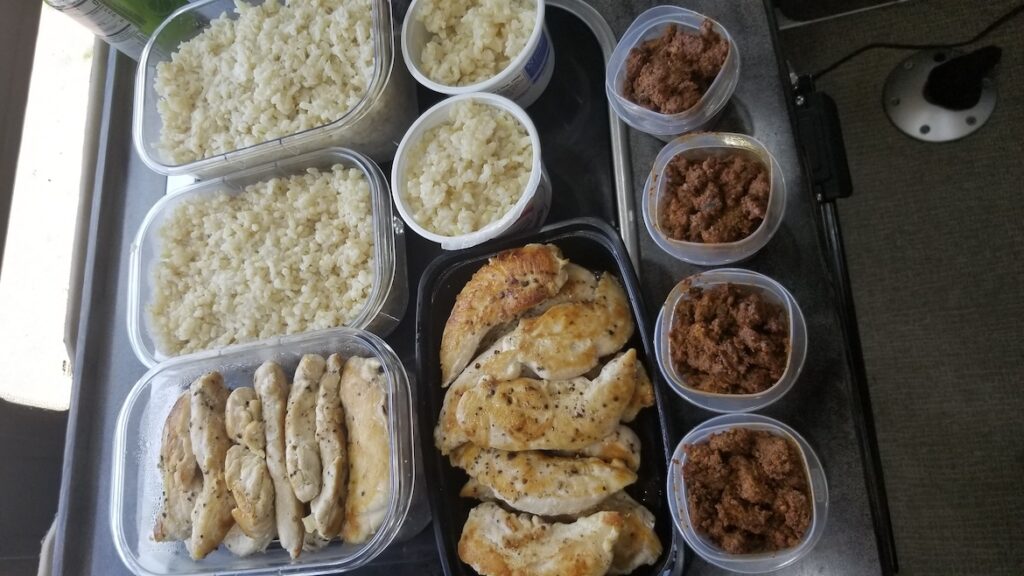
Individually Portioned Meals
Individually portioned meals are a convenient way to have grab-and-go meals. After you make your recipes or your meal components, you take the time to divide them up into individual serving containers. I used to prefer this method when I lived in a house or an apartment. I had a huge residential-size fridge where space wasn’t an issue, and I could stack up all of my daily meals in there. It was perfect for having lunches ready to take to the office every day.
My preferred method of food prep had to change as soon as we started vanlife. There was no way my 3 cubic foot dorm fridge could accommodate all of those food containers. This was the point that I switched to bulk prepping.
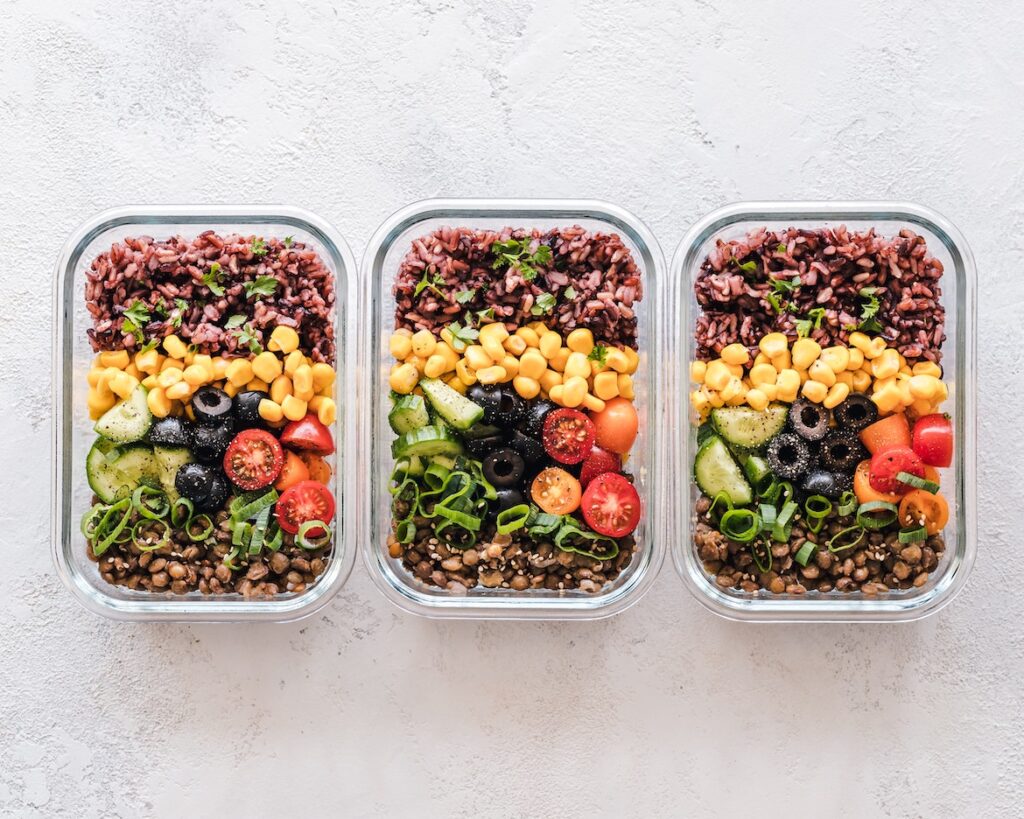
Prepped Ingredients
Prepping ingredients is where you do not actually cook the food. You just take the ingredients as far as possible so that when you do want to cook food, they are ready to use. Cleaning, chopping, trimming, and portioning are all done during the prep phase. If you want to make a quick lunch salad, it will be very easy for you to take out all of the prepped vegetables and through things together in 5 minutes.
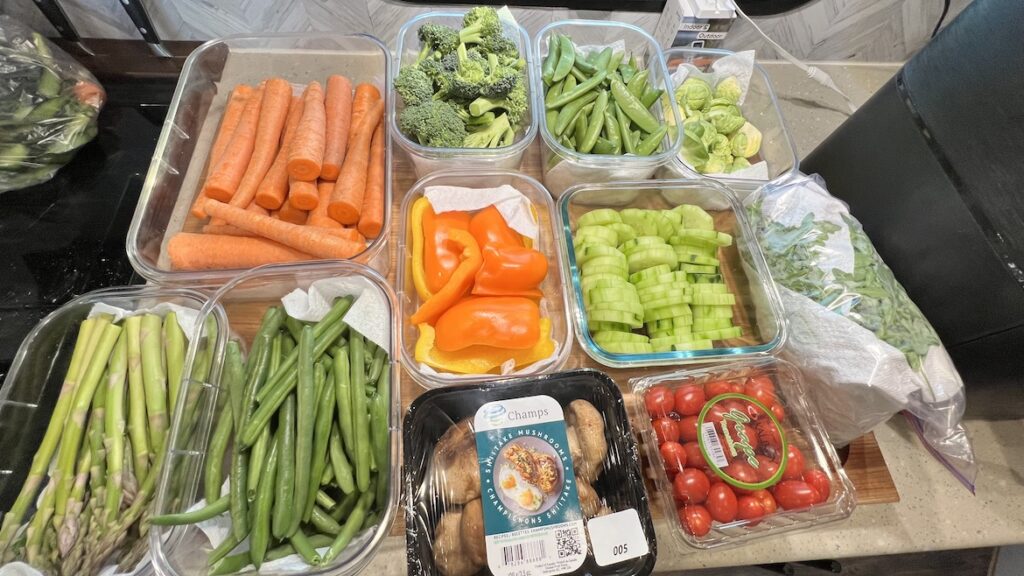
The Leftover Method
The leftover method is exactly what it sounds like. If you are going to cook a meal such as lunch or dinner, make double or triple on purpose so that you have leftovers. You can make dinner for yourself to enjoy fresh, and eat it for lunch for a couple of days after. This version allows you to rotate through different recipes and you’ll get more variety in the week. I call this the “cook once, eat twice…at least!” method.
Key Food Groups to Food Prep for
A balanced meal will consist of quality protein, fibrous vegetables, smart carbs, and healthy fats. As mentioned above, healthy fats are usually readily available in the form of oils, butter, nuts, seeds, egg yolks, cheese, avocado, olives, coconut, etc., and do not need to be prepped ahead. The other three categories are where you will get the best bang for your buck during your food prep sessions.
Quality Proteins
Protein is usually the hardest macro for people to eat enough of. We recommend targeting 1 gram of quality protein for every pound of ideal body weight. When we say “quality protein”, we mean whole food sourced proteins, not processed proteins (such as cold cuts, chicken nuggets, or processed vegan imitation meat). Quality protein sources will contain most if not all of the essential amino acids. And finally, a quality protein is in a food that doesn’t require us to ingest a large amount of fat or carbohydrates in order to get that protein count (for example, consider peanut butter a high-fat food, not a high-protein food).
I like to prep proteins in two different ways. First, I like to have pre-cooked proteins that are ready to eat immediately. It is important to have at least 30 grams of protein at every meal, especially your first meal of the day. If you are only eating 2-3 meals per day, you will need to adjust the meal goal in order to hit your daily goal.
I personally don’t like to cook a big breakfast for my first meal of the day, and I prefer to reheat some pre-cooked protein. Turkey and sausage patties are my main go-to for pre-cooked breakfast proteins. I have two recipes that I like to rotate between: turkey sausage patties, and five spice patties. Both of these recipes can be made with ground turkey, chicken, or pork. When I make these, I double the recipe and form the patties into 3-ounce portions. Then, I grab two patties in the morning. It’s preportioned so I know I’m hitting my personal protein goal, and it’s no fuss.
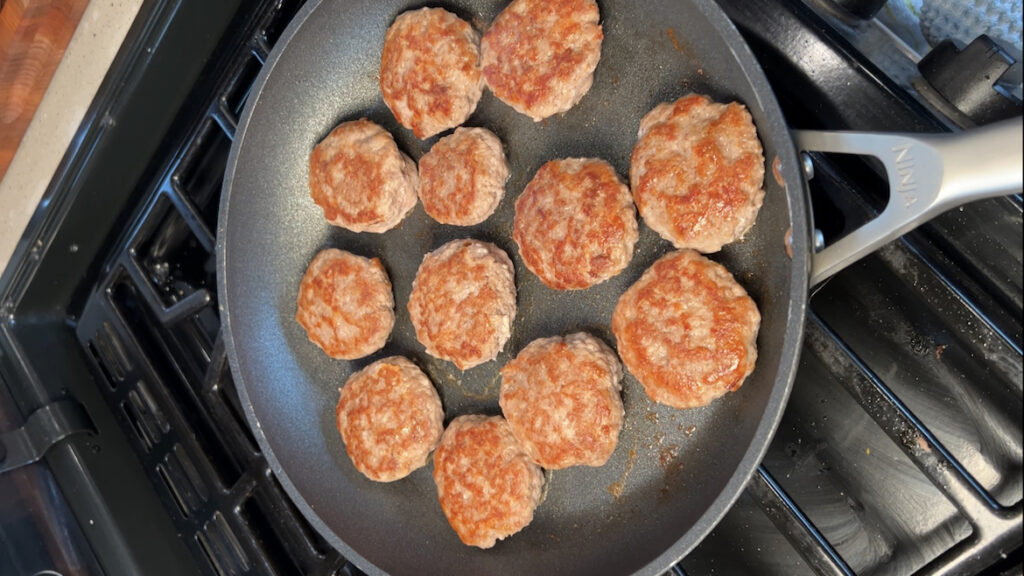
The second way that I like to prep protein is simply by portioning it out in its raw condition. I purchase protein in bulk whenever possible. Flank steak, chicken thighs, and ground turkey are always on my bulk list. Usually, flank steaks will come in a pack with two big flanks, totaling about four pounds. I break this up into four single-pound steaks and put one in the fridge, and three in the freezer. Portioning the flank is extremely easy, as I simply cut each flank in half cutting up the steak vertically so they are two long strips per flank. Portioning chicken thighs take a bit longer because you need to trim off excess fat from each thigh. You could skip this step, but I personally don’t want to eat the fat and I like to know my portioned weights are accurate since the portions are trimmed and cleaned.
You can determine what size portions to make based on your goals and how many people you feed at each meal. One-pound portions may work great for two adults at a single meal. Two-pound portions may be ideal for two adults and two teenagers. Having your protein portioned out into ziplock bags makes cooking lunch or dinner a breeze since you don’t need to handle any raw meat. It also eliminates food waste, as you can pull out portions one at a time, the night before. It also helps minimize material waste when out boondocking.
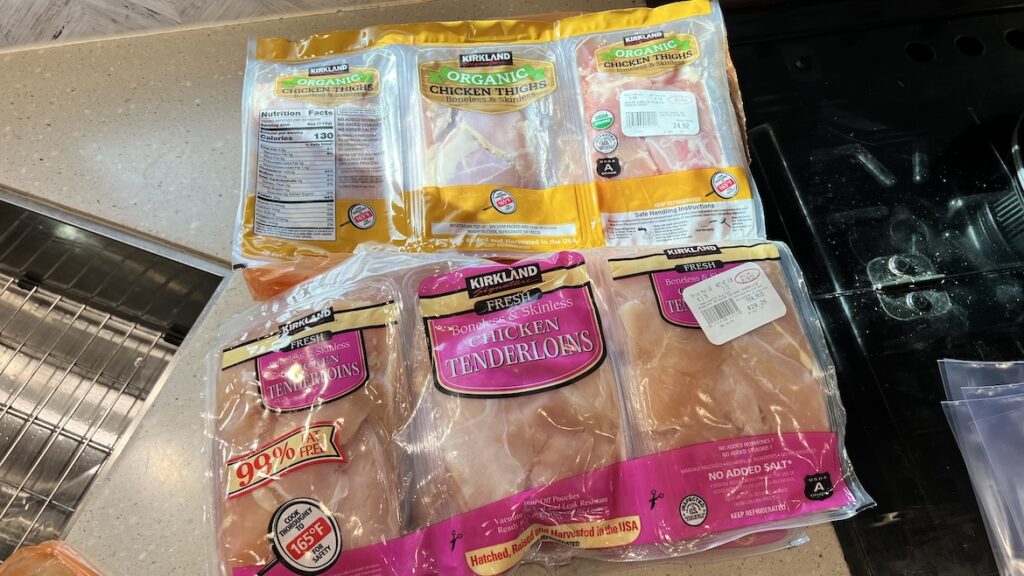
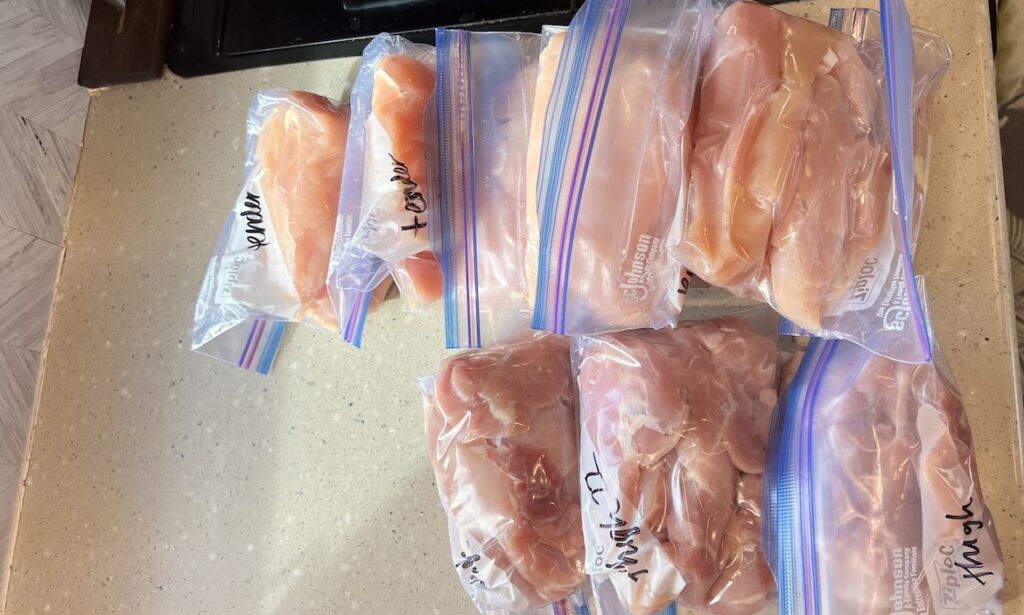
Vegetables
Vegetables should be included in every single meal. Prepping vegetables has various approaches, as they can also be pre-cooked or prepped raw. Having a big variety of raw vegetables available for quick use in salads or other side dishes is a big time saver throughout the week. It also helps you consume more vegetables. If I have a diced-up cucumber in the fridge I will definitely add it to salads and meals without thinking twice. If I have a full cucumber in the fridge, it may just sit there and go bad if I’m too lazy or rushed to cut it up every time I reach into the fridge.
There are two big motivators that push me to prep vegetables as soon as I get home from the grocery store. First, I can get WAY more into my RV fridge after I trim the veggies down. Items like Brocolli stems, crowns of cauliflower, brussel sprouts, carrots, and bell peppers require some level of trimming. Once you trim these down, they take up significantly less space. The more you condense down, the more goodness you can pack in.
The second big motivator is freshness. Transferring veggies into air-tight food containers along with dry paper towels is a game changer. I line each container with a dry, clean, paper towel at the bottom and the top of the container, and make sure the vegetables are completely dry before adding those in. Water and air are the enemies! I will check in on these containers mid-week and will swap out the damp paper towels for fresh dry ones. This makes a big difference and will help extend the veggie life to a full week. I like to save the damp paper towels and reuse them for dirty jobs later after they’ve been able to dry out again.
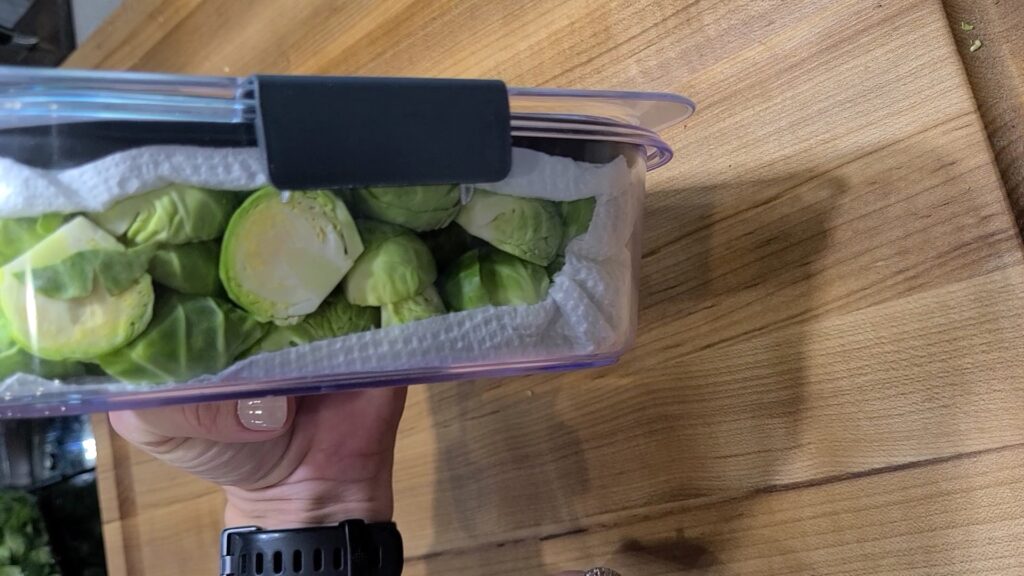
Smart Carbs
After you have your proteins and veggies portions figured out, you can dial in your remaining portions of carbs and fats. Some people prefer higher carb and lower fat, while others prefer lower carb and higher fat. Everybody is different, and there is no absolute macro split that is right for everybody.
Starchy vegetables and fruit are excellent carb sources. Fruit is easy since it doesn’t require any cooking. Other starchy carbs that do require cooking are excellent items to precook, and the batch method is my favorite. Brown rice takes a solid 45 minutes to cook and I usually never have time to cook that fresh at dinner. I will cook up a big batch of rice and keep that in the fridge to use throughout the week. I also like to cook quinoa ahead of time as well. Pre-cooked brown rice, white rice, and quinoa reheat very well and cook up fantastic in stir fry. You may also consider roasting potatoes, beets, or squashes as carb sources as well.
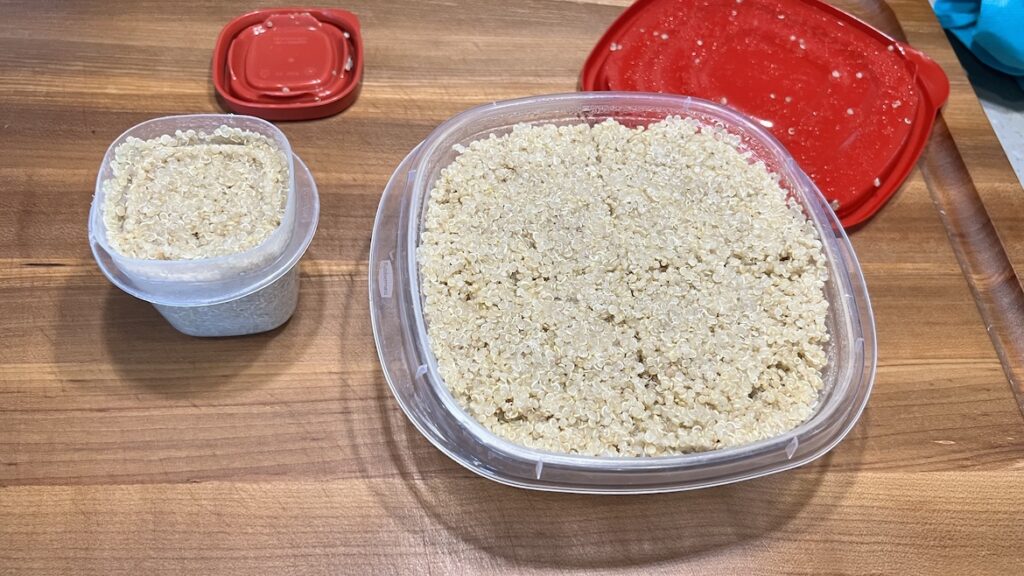
Tips to Stay Organized with Food Prep
The more you food prep, the quicker you will get at it. You will begin to master your meals and the groceries needed to complete the puzzle. We have a few tips that will help stay organized to get you going.
Learn your Food Containers
I have certain food containers that fit one single serving of starchy carbs perfectly. I have other containers that will fit four servings of starchy carbs perfectly. When dealing with a small RV refrigerator, it is important to have your food containers dialed down. The last thing you want is an oversized container that isn’t being filled to its full capacity. What a waste of space!
There are certain food containers that I prioritize for veggies, while I have others that I use for prepped proteins and starchy carbs. The veggies are the most fragile and susceptible to moisture damage, so I use “the good containers” on those!
Keep a List of Your Tare Weights
If you are monitoring your portion sizes, having your tare weights written down will help you. Tare weights are the weight of whatever bowl, cutting board, pot, pan, or food container is holding your food. Let’s break this down. Imagine cooking two pounds of ground beef, which equals 32 ounces. After you cook the ground beef, a lot of the moisture in the meat is evaporated. So 32 ounces in raw weight will end up weighing less after cooking. You know you want to divide this batch up into 6 servings, which will total roughly 5.33 ounces per serving in raw weight. But what is the adjusted cooked weight?
To find the new serving size (after cooking), you put your skillet on a scale. But before you can divide by 6, you need to deduct the weight of the pot itself, which is your tare weight. I like to keep a list of all tares on my cell phone, so I can quickly pull it up and use it for calculating portion sizes. Not everybody will need to get this granular on portions. But if you are tracking macros or just starting out prepping, it can be an extremely helpful tool. Not only for learning your portion sizes, but also to make sure your prepped foods last the number of days you intended them to last.
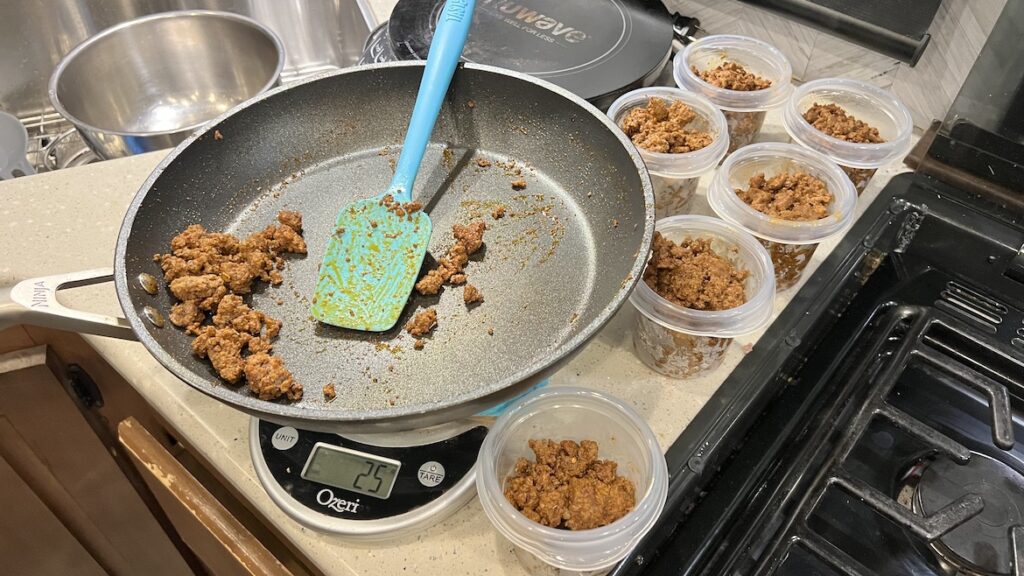
Use Mini Post-it Notes During Food Prep
It can be really challenging to remember what you made on which date. Especially if you are prepping on multiple days throughout the week. I like to use mini post-it notes so I can write the date that I cooked it. This can help you keep your refrigerator organized and follow the FIFO method when putting meals together (first in, first out), to minimize waste.
Keep Track of your Favorite Meals to Food Prep
Keep a running list of your favorite recipes. Maybe a list on your computer, or a notebook in your kitchen. Remember to add to it when you try something new that you like. It is easy to get bored with your usual meals. It can be helpful to have a list and rotate in some reliable recipes that you may have forgotten about!
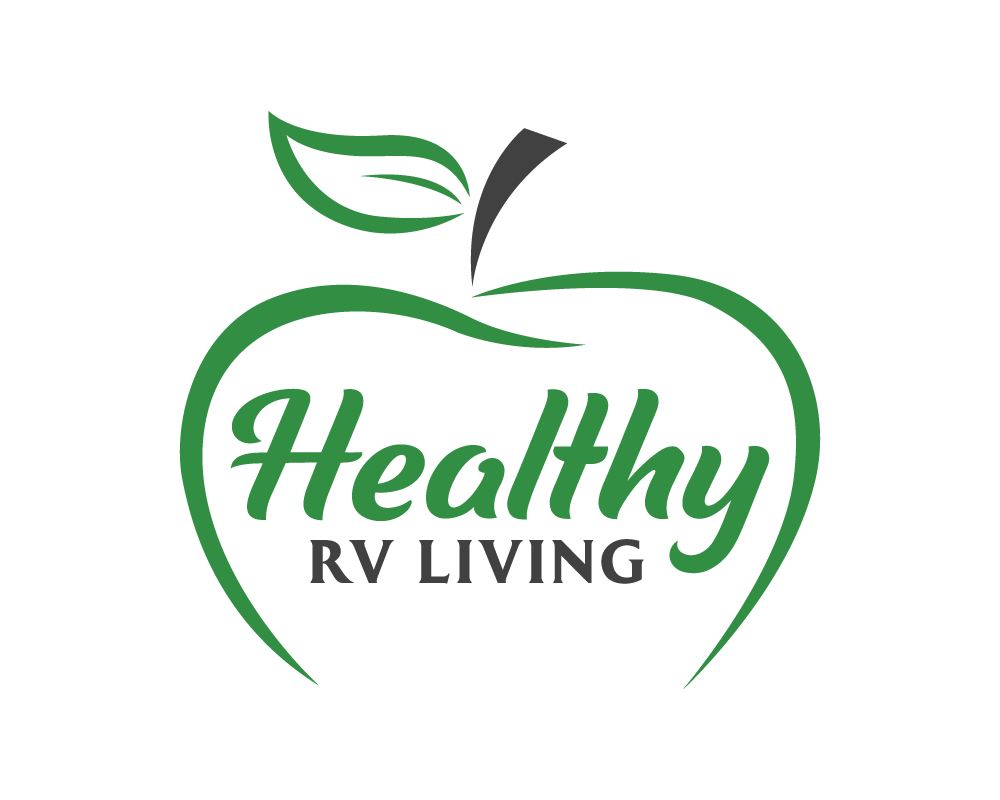

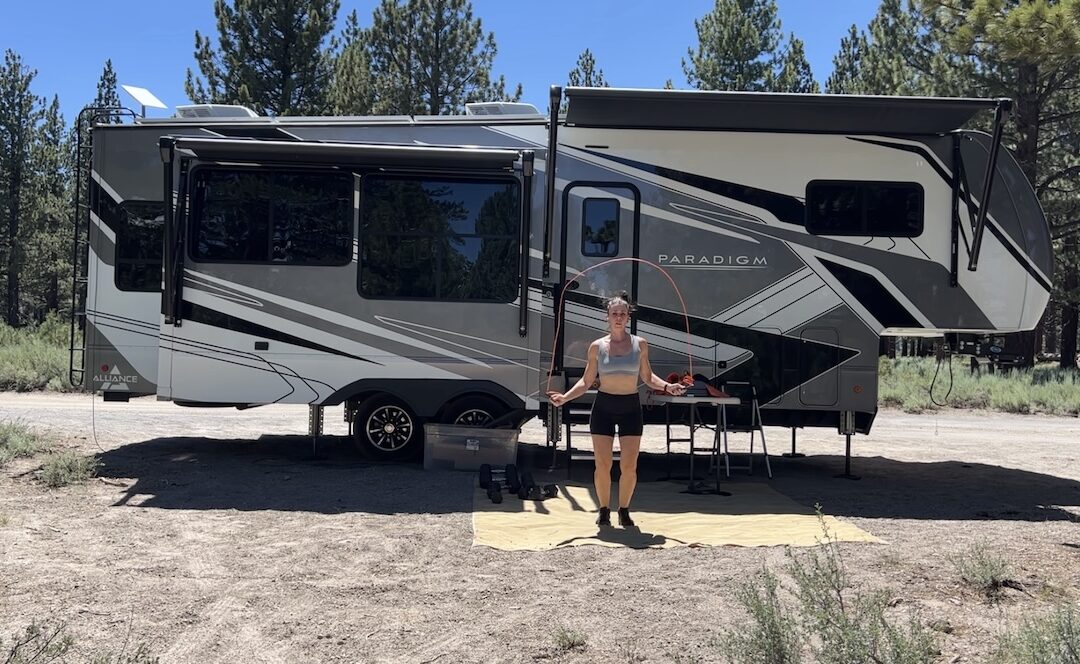




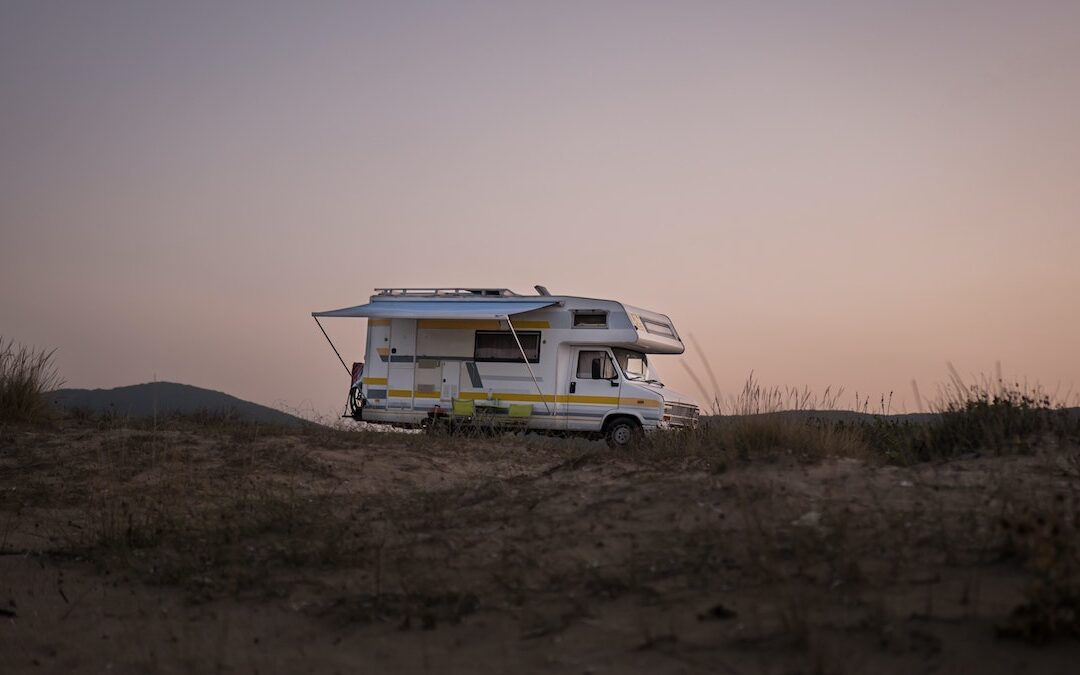
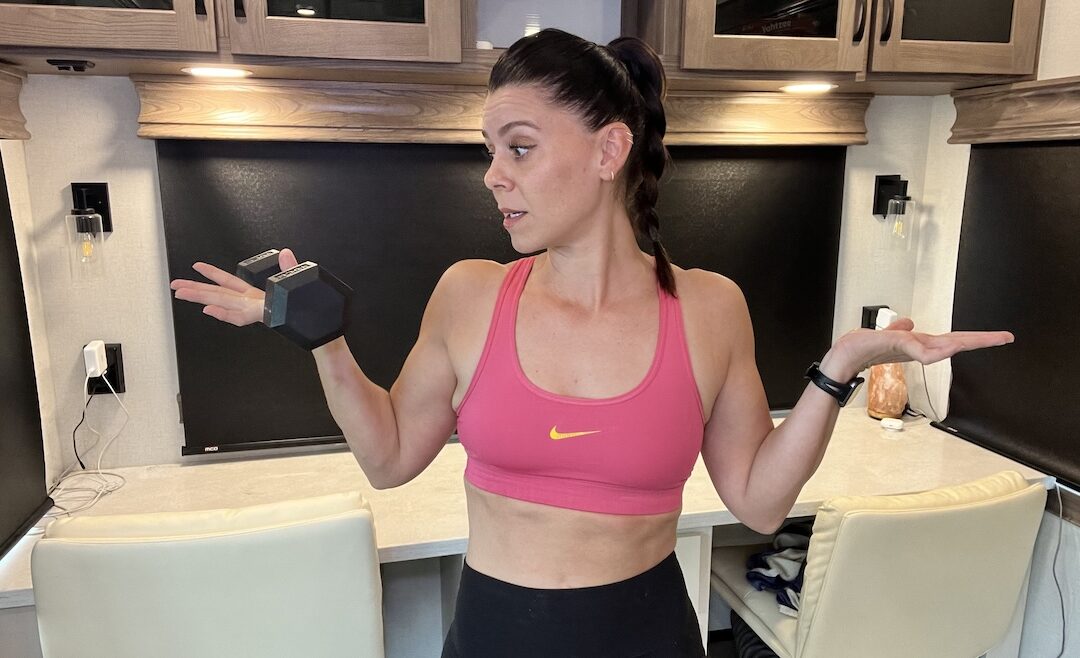
I can no longer find the Turkey Sausage Patty recipe on this site.
Hi Pam. It is linked in this article under the “Quality Proteins” section. You can also find it here: https://ireneironfitness.com/turkey-sausage-breakfast-patties/